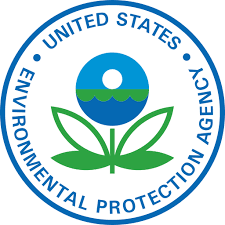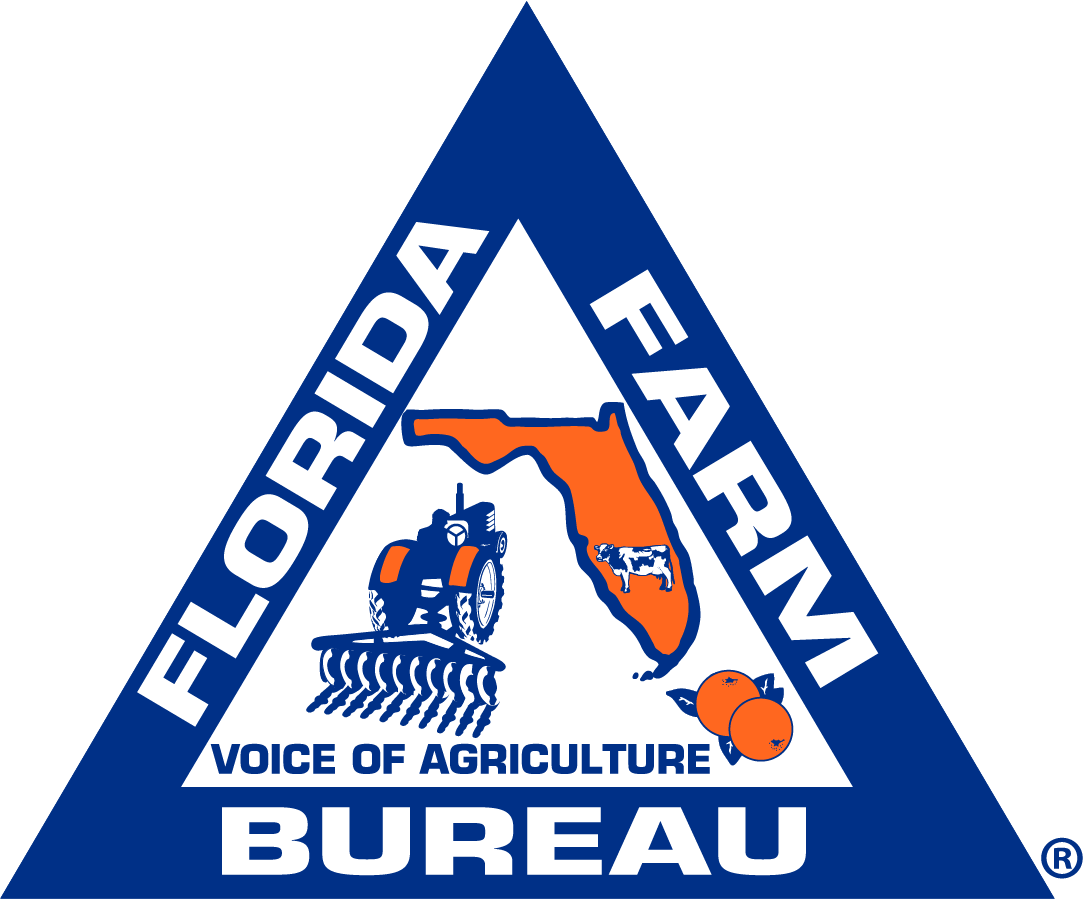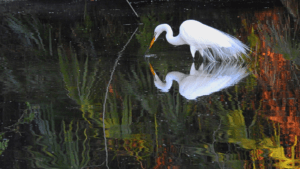December 2024 FloridAgriculture eNewsletter
Effective December 4, 2024, the U.S. Environmental Protection Agency (EPA) has mandated Application Exclusion Zones (AEZ), which include additional precautions to protect workers and bystanders during pesticide applications. The AEZ refers to the area immediately surrounding the pesticide application equipment, and only exists during the application, moves simultaneously with the equipment and can extend outside of the property’s boundaries. The size of the AEZ is determined through application method and droplet size.

Pesticide handlers will now be subject to stricter Worker Protection Standards under the AEZ Final Rule. Pesticide applicators must suspend applications if any other persons are in the AEZ, regardless of whether they are within the property’s boundaries or in an easement on the property. Additionally, agricultural employers and establishment owners are responsible for ensuring no person is within an AEZ on their property, other than the licensed pesticide applicator.
Under the AEZ Final Rule, the AEZ must be a minimum of 100 feet horizontally in all directions when a pesticide is applied by the following methods: air (fixed wing or helicopter); air blast or air propelled; fumigant, smoke, mist, or fog, or fine spray quality/droplet size.
Additionally, the AEZ must be a minimum of 25 feet horizontally in all directions when a pesticide is applied by the following methods: not applied in a manner that would require a 100-foot buffer or using medium or large spray quality/droplet sizes, sprayed from a height of greater than 12-inches from the soil surface or planting medium.
No AEZ is required when the pesticide is applied in a manner other than the aforementioned methods. The AEZ Immediate Family Exemption allows farm owners and their immediate family members to remain inside closed buildings during pesticide applications, given the stipulations are satisfied.
Florida Farm Bureau supports the continued use of agricultural chemicals that currently have no viable alternatives. We further encourage research funded through state and federal agencies, as well as private associations, to develop economically viable crop protection options, including but not limited to soil fumigants for agricultural producers.
U.S. farmers must not be constrained by regulations that result in a competitive disadvantage.
Any questions or concerns regarding the final ruling can be directed to the Florida Farm Bureau Ag Policy Department.

 On February 15, 2024, the U.S. District Court for the District of Columbia issued an order that nullified the U.S. Environmental Protection Agency’s (EPA) approval of Florida’s application to take over permitting authority from the U.S. Army Corps of Engineers (USACE) under Section 404 of the Clean Water Act (CWA) within the state. The court’s decision was based on allegations that the federal defendants violated the Administrative Procedure Act (APA) and the Endangered Species Act (ESA) during the approval process, which occurred in the final days of the Trump administration.
On February 15, 2024, the U.S. District Court for the District of Columbia issued an order that nullified the U.S. Environmental Protection Agency’s (EPA) approval of Florida’s application to take over permitting authority from the U.S. Army Corps of Engineers (USACE) under Section 404 of the Clean Water Act (CWA) within the state. The court’s decision was based on allegations that the federal defendants violated the Administrative Procedure Act (APA) and the Endangered Species Act (ESA) during the approval process, which occurred in the final days of the Trump administration. On April 2, the U.S. Environmental Protection Agency (EPA) announced changes to the pesticide labeling requirements of chlorpyrifos, diazinon, and malathion. Additionally, the EPA committed to issuing Endangered Species Protection Bulletins that set geographic limitations for these organophosphate insecticides, which will be available on Bulletins Live! Two.
On April 2, the U.S. Environmental Protection Agency (EPA) announced changes to the pesticide labeling requirements of chlorpyrifos, diazinon, and malathion. Additionally, the EPA committed to issuing Endangered Species Protection Bulletins that set geographic limitations for these organophosphate insecticides, which will be available on Bulletins Live! Two.